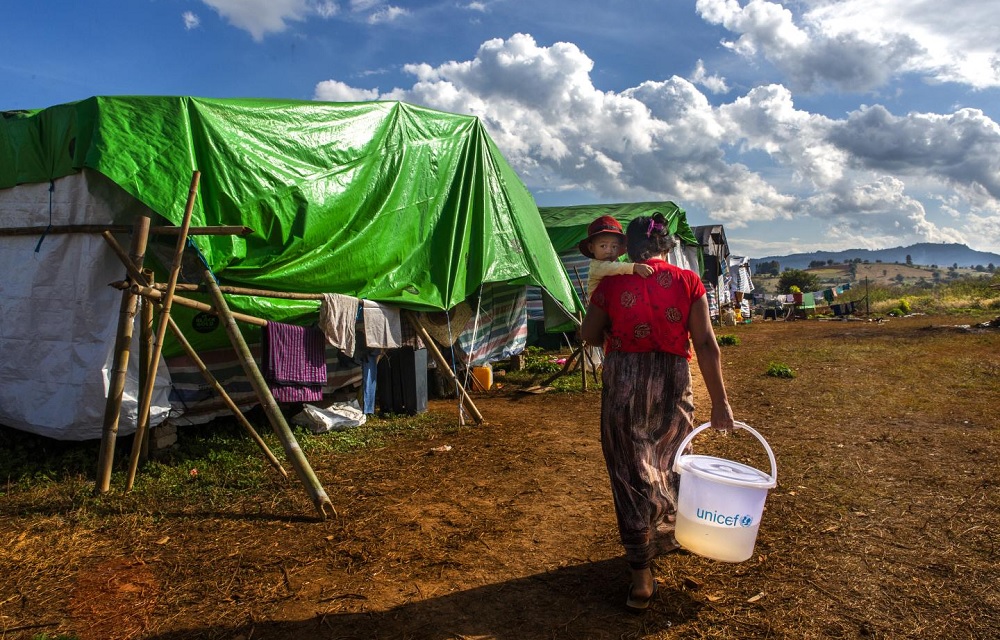Author(s): UNICEF (United Nations Children Fund)
Published: January 2022
Report Intro/Brief:
“2022 sees us entering a third year of the pandemic, and the harm done to children is increasingly evident: A record rise in child poverty. Setbacks to progress on routine vaccinations. Disruption to education for an entire generation. That harm has emerged as an unintended side-effect of the world’s efforts to manage the crisis.
COVID has been a uniquely dis-equalizing crisis. Lopsided access to vaccines aside, learning losses have been greatest among poorest children, and job losses have been disproportionately borne by women and youth.
What next for the world’s children in the year ahead? As in the past two years, prospects for children will continue to hinge foremost on the pandemic and how it is managed.
Our analysis zooms in on the next 12 months, taking an in-depth view of key trends impacting children – and helping all of us working to support children survive and thrive, to better understand where we are, where we are going and what we need to do.
Key findings include:
(1) In 2022, the global community needs to recast its COVID strategy: to focus not only on mitigating the virus but mitigating its effect on society – particularly children.
(2) Consequences of school closures will increasingly be counted: learning losses are worse than anticipated, and negative coping strategies – including child labour and marriage – are mounting.
(3) A lack of global cooperation puts at risk the G20 target to vaccinate at least 70 percent of the population in every country by mid-year. This increases the odds of further escape variants, delaying the virus’s eventual containment, and allowing the costs for children to continue to accumulate.
(4) Inequities are set to take new forms: access to COVID mRNA doses and boosters will remain restricted, and access to life-saving treatments will be even more exclusive.
(5) Record humanitarian needs are forecast in 2022. As the impact of climate change grows, it will trigger new disasters, drive instability and exacerbate existing vulnerabilities.
(6) But children and young people express greater optimism for the future and 2022 will present opportunities to prove them right. For instance, technology and infrastructure developed for the pandemic can drive the next revolution in child survival.”
>>> CLICK HERE to see all of Youth Today’s REPORT LIBRARY




























